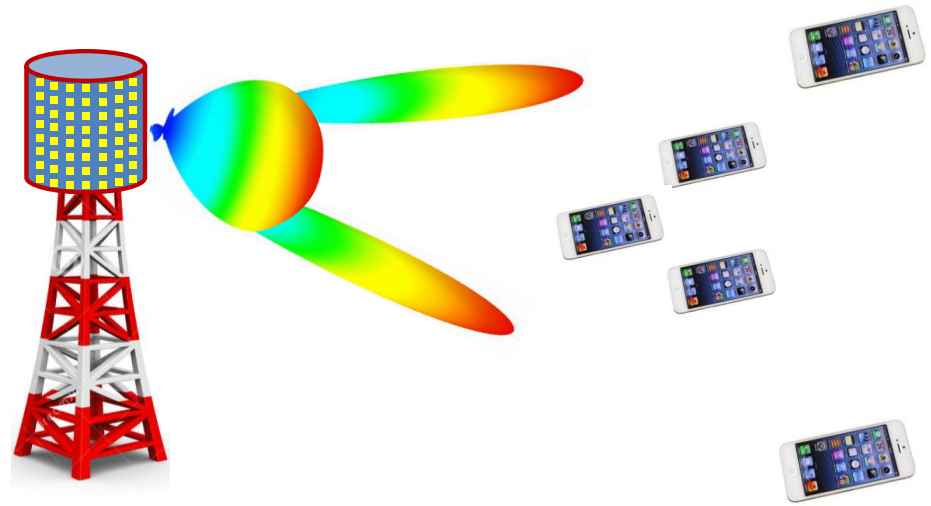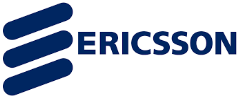Project Description
The continuously growing need for higher data-rates and, therefore, more signal bandwidth in wireless communications, requires the use of multi-antenna base stations employing the recently introduced massive Multiple-Input-Multiple-Output (MIMO) concept and operating at millimeter-wave frequencies, e.g. 30 GHz. However, the implementation of such complex antenna systems into highly-integrated, energy- and cost-effective solutions is very challenging. Therefore, we propose an innovative antenna system concept utilizing silicon semiconductor electronics that can generate or receive at millimeter-wave frequencies in order to truly expand wireless communications into the outer limits of radio technology.

The main research objectives of SILIKA is to develop innovative integrated antenna systems for future 5G base stations operating at millimeter wave (mm-wave) frequencies utilizing highly-integrated and cost-effective silicon (Bi-) CMOS technologies. These antenna systems will rely on the use of multi-antenna massive MIMO concepts in which the number of individual antenna elements in the base station is much larger than the number of users. In state-of-the-art phased arrays, only a limited number of identical antenna beams are used, usually operating in a single frequency band. Milti-antenna massive MIMO systems, however, can generate multiple beams, each with different shape operating at different frequencies, using polarization agility and adaptive waveforms.
Multi-element antenna systems are expected to increase the energy efficiency of future base stations, while achieving high data rates with indoors and out-door coverage both for line-of-sight and non-line-of-sight propagation conditions, by sending out many independent data streams to simultaneously serve many users. The proposed design methods in SILIKA aim at synthesizing energy-efficient multi-beam array antennas, while minimizing the effects of electromagnetic mutual coupling between the array antenna elements, i.e., de-correlating them.

Results and Publications
E. G. Larsson, O. Edfors, F. Tufvesson and T. L. Marzetta, “Massive MIMO for next generation wireless systems”, in IEEE Communications Magazine, vol. 52, no. 2, pp. 186-195, Feb. 2014.
F. Rusek, D. Persson, B. K. Lau, E. G. Larsson, T. L. Marzetta, O. Edfors and F. Tufvesson, “Scaling Up MIMO: Opportunities and Challenges with Very Large Arrays”, in IEEE Signal Processing Magazine, vol. 30, no. 1, pp. 40-60, Jan. 2013.
Partners
TU Eindhoven, The Netherlands (TUe),
Chalmers University of Technology (CHA),
Katholieke Universiteit Leuven (KUL),
Netherlands Organisation for Applied Scientific Research (TNO),
The Netherlands Institute for Radio Astronomy (ASTRON),
NXP Semiconductors,
Qamcom Research And Technology AB,
Swedish Aeroplane Corporation (SAAB),
Orban Microwave Products(OMP),
Ericsson AB (EAB),









